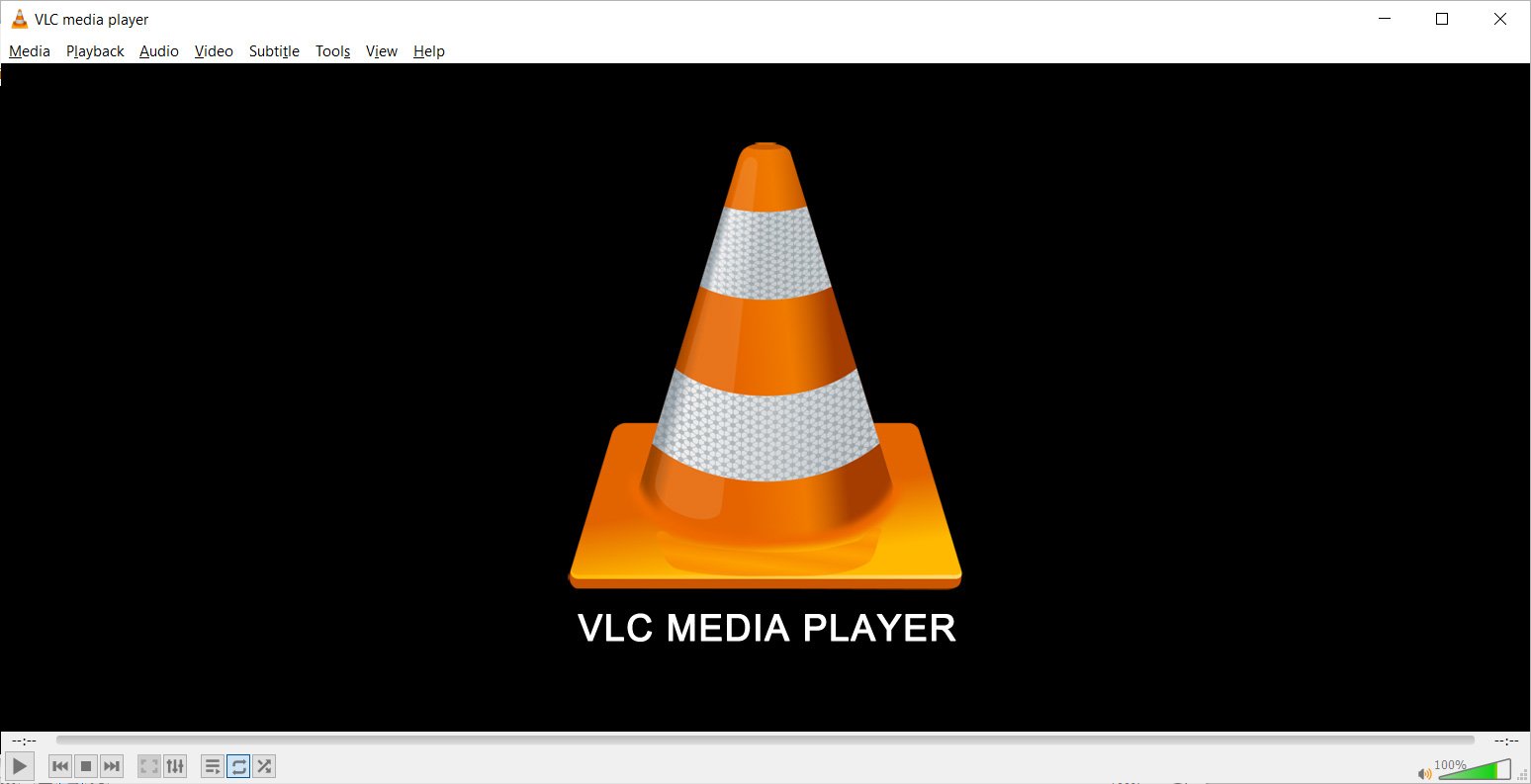VLC Media Player

VLC media player and is a free and open-source, portable, cross-platform media player software and streaming media server developed by the VideoLAN project. VLC is available for desktop operating systems and mobile platforms, such as Android, iOS and iPadOS. VLC is also available on digital distribution platforms such as Apple's App Store, Google Play, and Microsoft Store.
VLC supports many audio and video compression methods and file formats, including DVD-Video, video CD and streaming protocols. It is able to stream media over computer networks and can transcode multimedia files.
Interfaces
The default GUI is based on Be API on BeOS, Cocoa for macOS, and Qt 4 for Linux and Windows, but all give a similar standard interface. The old default GUI was based on wxWidgets on Linux and Windows. VLC supports highly customizable skins through the skins2 interface, and also supports Winamp 2 and XMMS skins. Skins are not supported in the macOS version. VLC has ncurses, remote control, and telnet console interfaces. There is also an HTTP interface, as well as interfaces for mouse gestures and keyboard hotkeys.
Features
Effects
The desktop version of VLC media player has some filters that can distort, rotate, split, deinterlace, and mirror videos as well as create display walls or add a logo overlay during playback. It can also output video as ASCII art.
An interactive zoom feature allows magnifying into video during playback. Still images can be extracted from video at original resolution, and individual frames can be stepped through, although only in forward direction.
Playback can be gamified by splitting the picture inside the viewport into draggable puzzle pieces, where the row and column count can be set as desired.
Formats
Because VLC is a packet-based media player it plays almost all video content. Even some damaged, incomplete, or unfinished files can be played, such as those still downloading via a peer-to-peer (P2P) network. It also plays m2t MPEG transport streams (.TS) files while they are still being digitized from an HDV camera via a FireWire cable, making it possible to monitor the video as it is being played. The player can also use libcdio to access .iso files so that users can play files on a disk image, even if the user's operating system cannot work directly with .iso images.
VLC supports all audio and video formats supported by libavcodec and libavformat. This means that VLC can play back H.264 or MPEG-4 Part 2 video as well as support FLV or MXF file formats "out of the box" using FFmpeg's libraries. Alternatively, VLC has modules for codecs that are not based on FFmpeg's libraries.
Operating system compatibility
VLC media player is cross-platform, with versions for Windows, Android, Chrome OS, BeOS, Windows Phone, iOS, iPadOS, macOS, tvOS, OS/2, Linux, and Syllable. However, forward and backward compatibility between versions of VLC media player and different versions of OSes are not maintained over more than a few generations.64-bit builds are available for 64-bit Windows.
Platforms
VLC is available for the following platforms:
- Windows
- macOS
- GNU/Linux
- Android, including Android TV and Android Auto
- iOS, including AppleTV and iPadOS
- Haiku, OS/2 and a few others.
Use of VLC with other programs
- libVLC API – the VLC Core, for C and C++
- VLCKit – an Objective-C framework for macOS
- LibVLCSharp - Crossplatform .NET bindings to libVLC (C#/F#/VB)
- JavaScript API – the evolution of ActiveX API and Firefox integration
- D-Bus controls
- Go bindings
- Python controls
- Java API
- DirectShow filters
Applications that use libVLC
VLC can handle some incomplete files and in some cases can be used to preview files being downloaded. Several programs make use of this, including eMule and KCeasy. The free/open-source Internet television application Miro also uses VLC code. HandBrake, an open-source video encoder, used to load libdvdcss from VLC Media Player. Easy Subtitles Synchronizer, a freeware subtitle editing program for Windows, uses VLC to preview the video with the edited subtitles.